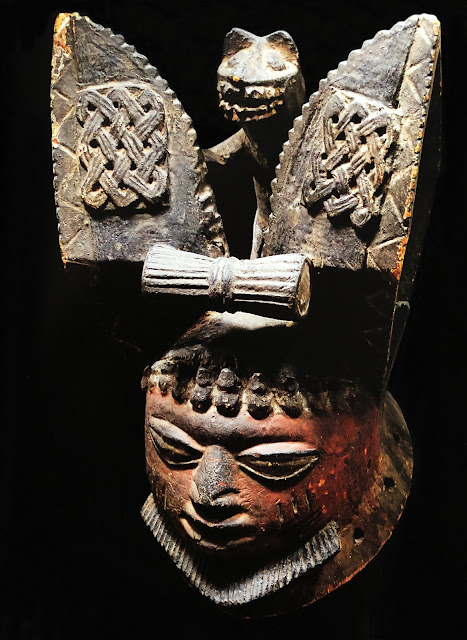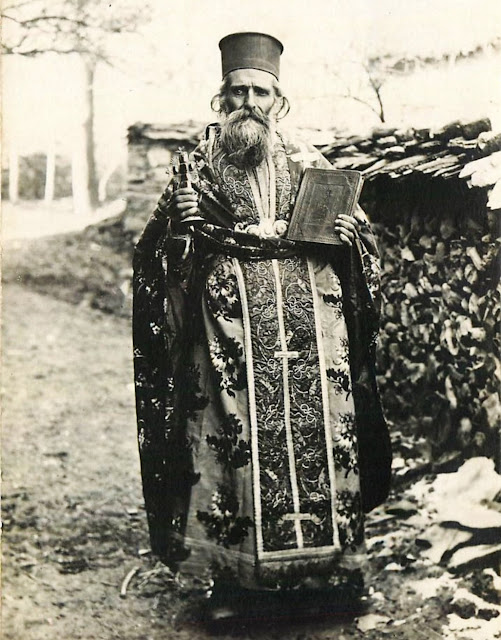INDIA – INDE
Gangubai Hangal – Raga Deogiri - Raga Jaijayanti – His Master's Voice – 7 EPE 1239, released 1965 (7 in, 45 RPM)
Born into a musical family in Dharwad, Karnakata, Gangubai Hangal (1913 – 2009) was a major 20th century Hindustani Khyal vocalist of the Kirana Gharana.
Following in the footsteps of Kesarbai Kerkar (1892–1977), Hangal was part of a new generation of female vocalists, along luminaries like Mogubai Kurdikar (1904-2001) and Hirabai Barodekar (1905-1989) which asserted their formidable artistry, fierce independence and kept time-honored gharana traditions alive in a male-dominated world of Indian classical music. Hailing from a lower-caste family, the singer also endured social prejudice and discrimination.
After being tutored by her mother Ambabai – a singer in the Carnatic tradition with a keen interest in the Hindustani idiom – her family moved to Hubli, Karnataka in 1928 to allow the supremely gifted Hangal to formally train in the Hindustani tradition. Much influenced by vocalists Zohrabai Agrewali (1868–1913), Mogubai Kurdikar, and Hirabai Barodekar, in 1935 she became the disciple of Sawai Gandharva (1886-1952) who was mentored by the founder of Kirana Gharana Abdul Karim Khan (1872-1937).
Following her many performances across the country, recordings and All India Radio broadcasts, she quickly achieved fame throughout India. After initially also singing bhajans, thumris and Hindu devotional songs, Hangal devoted herself entirely to the classical khyal form from the mid-1940s.
This rare 7-inch record showcases Hangal’s deep haunting voice, sensuous intensity and mellifluous musings.
Né dans une famille de musiciens à Dharwad, dans le Karnakata, Gangubai Hangal (1913 - 2009) fut une grande chanteuse de khyal Hindustani du Kirana Gharana du XXe siècle.
Dans le sillage de Kesarbai Kerkar (1892-1977), Hangal faisait partie d'une nouvelle génération de chanteuses, aux côtés notamment de Mogubai Kurdikar (1904-2001) et Hirabai Barodekar (1905-1989), qui ont affirmées leurs formidables talents, une indépendance farouche, et perpétuées de vénérables traditions gharana dans un univers de la musique classique dominé par les hommes. Issue d'une famille de caste inférieure, la chanteuse a également dû surmonter discriminations et préjugés sociaux.
Après avoir appris la musique auprès de sa mère Ambabai – une chanteuse Carnatic avec un vif intérêt pour la musique d’Inde du nord – et auprès d'autres maîtres après que sa famille déménagea à Hubli dans le Karnataka en 1928 afin que l’adolescente surdouée puisse apprendre formellement la musique Hindustani. Très influencée par les chanteuses Zohrabai Agrewali (1868-1913), Mogubai Kurdikar et Hirabai Barodekar, en 1935 elle devint la disciple de Sawai Gandharva (1886-1952) qui fut l’élève du fondateur de Kirana Gharana Abdul Karim Khan (1872-1937).
Suite à ses nombreux récitals à travers le pays, ses enregistrements et la diffusion radiophonique de sa musique sur All India Radio, elle devient rapidement célèbre dans toute l'Inde. Après avoir également chanté des bhajans, des thumris et des chants dévotionnels hindous, à partir du milieu des années 1940 Hangal se consacrera entièrement au chant khyal classique.
Ce précieux 45 tours présente sa voix profonde et envoûtante, et l'intensité sensuelle de ses envolées mélodieuses.
Download:
The record's front cover above was designed by South-Indian classical dancer and teacher Amala Devi.
Our other female Hindustani vocal posts:
Hirabai Barodekar – HMV 7 EPE 1205 here
Hirabai Barodekar and Saraswati Rane – ECLP 2356 here
Surshri Kesar Bai Kerkar – HMV EALP 1278 here
Sulochana Brahaspati – Concert Series by Midas here
The Great Tradition – Masters of Music – HMV EALP 1453/1452 here
Dancer, Mughal, presumably from Rajasthan:
Please help me purchase important traditional records to pursue my global
curation project and share the best finds with you on this blog:
%20-9%2073.jpg)
.jpg)
%20B%20fi%202%20(1).jpg)

%209%2075.jpg)
%20all.jpg)
%2012%2074.jpg)
%2034%2087.jpg)
%2011%2039.jpg)
%20P%200%2027.jpg)
-2%2075.jpg)

%2018%2048.jpg)

%20-11%2074.jpg)
%200%2078.jpg)
%200%2079.jpg)

%20-26%2096%20-11%2056.jpg)
%2019%2091.jpg)


.jpg)

